The journey from Zanskar to Kinnaur is like walking through an ethereal world where time seems to stand still. This path, winding through the heart of the Himalayas, takes you not just across geographical boundaries but through a rich tapestry of cultures and tribes, each with their own unique traditions, stories, and ways of life.
This story I will take you on a fascinating journey from the rugged valley of Zanskar, through the snow-capped peaks and remote villages, to the serene apple orchards of Kinnaur. Along the way, we will encounter several tribal communities, each with its distinct identity and heritage. Join me as we explore the hidden trails that connect these tribes in the majestic Himalayas.
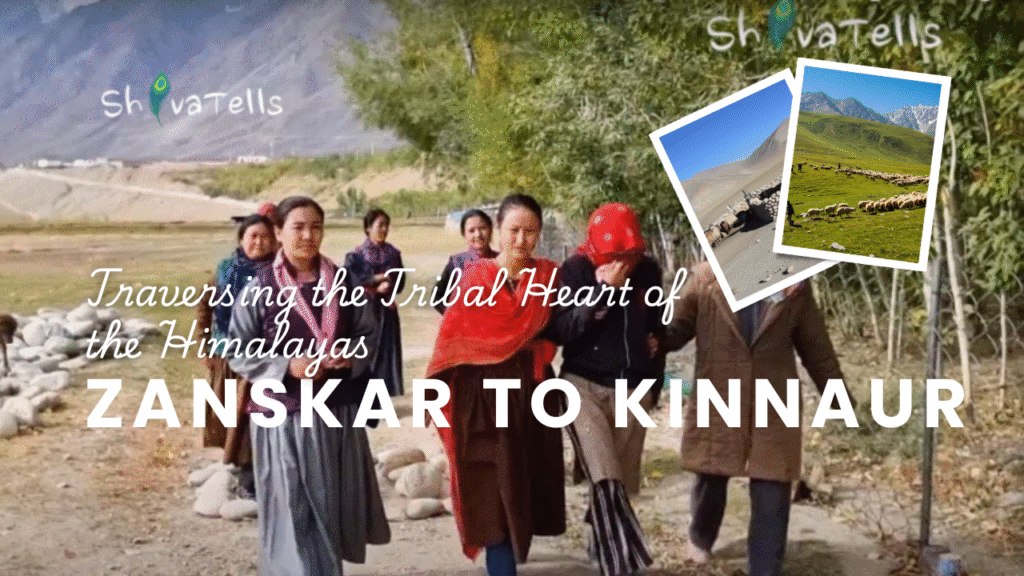
Table of Contents
Zanskar: The Land of Tibetan Influence
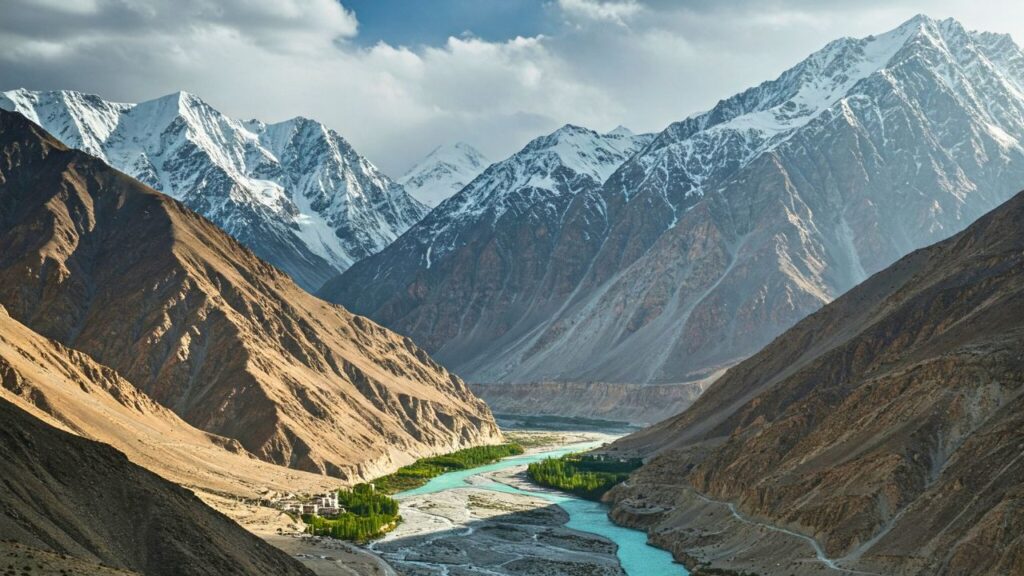
Let’s start our adventure in Zanskar, where the roads are few, but the experiences are plenty. Zanskar, located in Ladakh, feels like a land frozen in time. It’s a place where you’ll find the Zanskari people, living their lives in a way that hasn’t changed much over the centuries. You know, when you’re in a place so isolated, you get this sense that life moves at its own pace. The Zanskari people live in these sturdy homes designed to withstand freezing cold, and their days are full of hard work, farming, and deep religious devotion. Buddhism is at the heart of everything they do, and the monasteries like Lamayuru and Phugtal? Absolutely mind-blowing!
The Ladakhi People: Beyond Zanskar
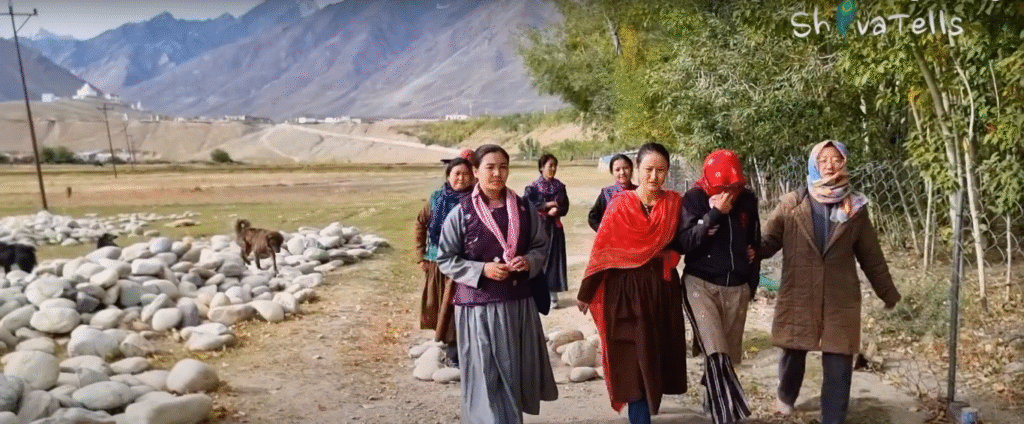
As we move on, we enter the larger region of Ladakh. The Ladakhi people – think of them as cousins to the Zanskari tribe – have that same hearty spirit but a slightly different twist. You’ll notice their villages dotted around valleys, surrounded by snow-covered peaks. And the best part? Their warmth and hospitality are like a much-needed cup of tea on a cold day.
Ladakhi culture is deeply influenced by Tibetan Buddhism, and their festivals like Losar (Tibetan New Year) are full of joy and celebration. Trust me, if you’re lucky enough to experience one, you won’t forget it!
The Changpa Nomads: Guardians of the Changthang Plateau
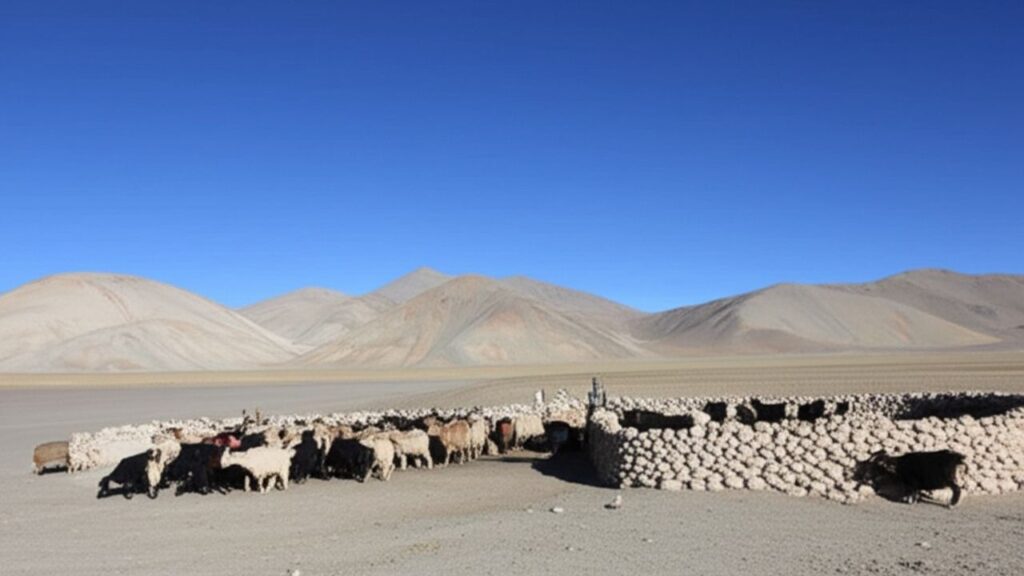
As we head towards the Spiti Valley, you’ll find yourself in the heart of nomadic life. Enter the Changpa people, who roam the high-altitude Changthang Plateau like true masters of the land. They’re experts in herding, living with their yaks, goats, and sheep as they migrate across the plateau.
The Changpas don’t just survive in the harsh conditions – they thrive. Their culture is built around self-sufficiency and resilience. And if you’ve ever heard of pashmina wool, the Changpas are the ones behind it. Their craftsmanship is legendary, and yes, their goats produce the finest pashmina wool you’ll find anywhere. The Changpas are a proud, hardworking community, living life by the seasons and the mountains that surround them.
Spiti Valley: Home of the Spitian Tribe
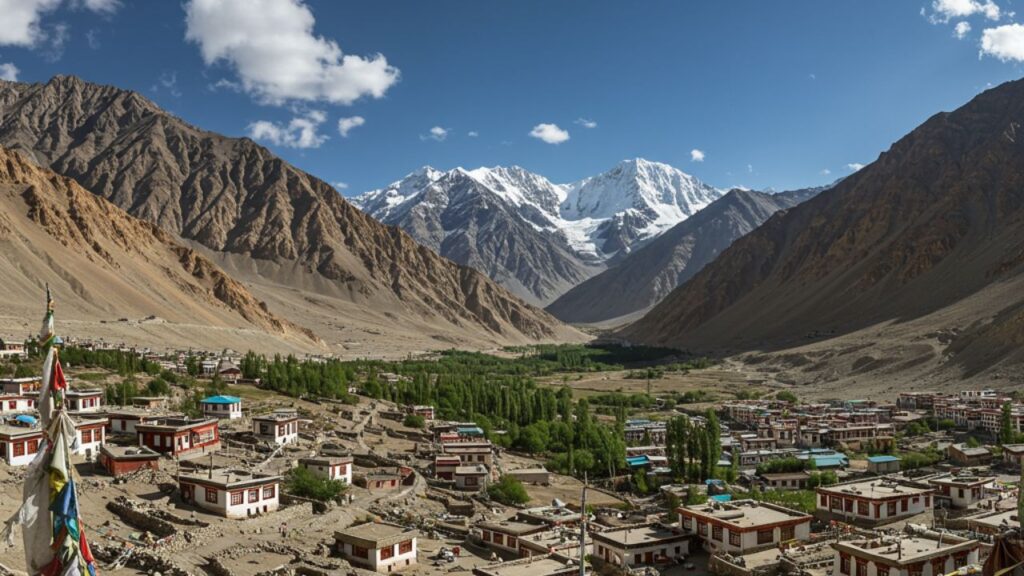
Next stop, Spiti! Imagine this – a land that’s a mix of Zanskar’s barrenness and Ladakh’s vibrancy, all with a big slice of Tibetan influence. The Spitian tribe, living in this high-altitude desert, carries the torch of Buddhist traditions, with monasteries like Key Monastery standing tall in the mountains.
Life here is rugged but simple – farming, herding, and maintaining their deep spiritual connection to the land. They believe in the power of the mountains and the monasteries that dot the region. And you know what? When you meet the Spitians, you can feel it in the air – their culture, their faith, their way of life – it’s all intertwined with the land itself.
The Kinnauri Tribe: From Spiti to Kinnaur

As we travel further south, we enter the lush green land of Kinnaur. Now, if you’ve ever heard of Kinnaur, you know it’s famous for its apples and its stunning mountain views. But the Kinnauri tribe? They’re the heart and soul of this land.
The Kinnauris are a fascinating blend of Buddhist and Hindu traditions. They celebrate festivals like Fagli and Phagli, which mark the change of seasons and honor their agricultural heritage. And their connection to the Kinnaur Kailash mountain is something you can’t miss – it’s not just a mountain for them; it’s sacred.
Kinnaur is where the mountains meet the valley, and the Kinnauris have learned to live in perfect harmony with the land. They farm, herd, and celebrate life with every breath they take.
The Gujjars and Bakarwals: Transhumance across the Hills

But wait, we’re not done yet! As we move through the mountains, we cross paths with the Gujjars and Bakarwals – two nomadic tribes that move with the seasons. These guys are true mountain nomads, migrating between the valleys and the higher hills with their herds of sheep and goats.
The Gujjars and Bakarwals are known for their resilience, navigating the tough, snow-covered trails with ease. Their lifestyle revolves around livestock, and they take their herding traditions very seriously. The sight of their flocks grazing in the mountain pastures is one of those pictures that will stay in your mind forever.
Tribal Life Between Zanskar and Kinnaur
From Zanskar to Kinnaur, the diversity in tribal life is staggering. Each community – from the Zanskari to the Suni – brings its own color to this already vibrant canvas. Whether it’s the rugged isolation of Zanskar, the nomadic lifestyle of the Changpa, or the deeply spiritual lives of the Spitians and Kinnauris, these tribes share a common thread – their unbreakable bond with the Himalayas.
Their resilience, hospitality, and deep cultural ties to the land make this journey one of the most unforgettable experiences. These tribes aren’t just surviving; they’re thriving, holding onto traditions that have lasted for centuries despite the changing world around them.
Travel Tips for Exploring the Tribal Regions
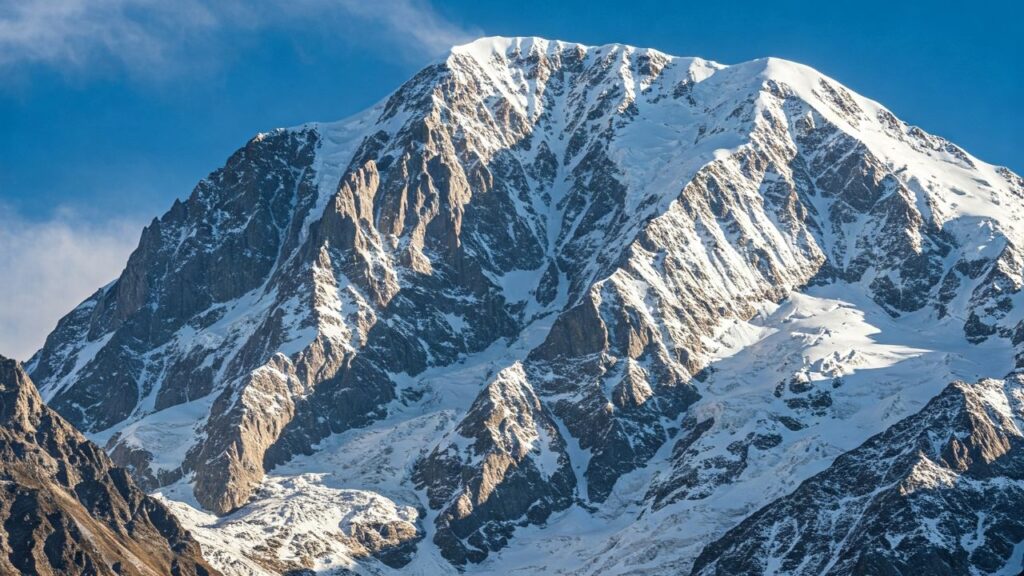
How to Reach Zanskar
Zanskar is easiest to reach from Leh, Ladakh. You’ll have to travel by road, with jeep rides or shared vehicles being the most common mode of transport.
How to Reach Kinnaur
Kinnaur is connected by road to Shimla. Buses and taxis are available, but make sure to book in advance as the roads can be tricky.
Best Time to Visit
The best time to explore these regions is from May to September, when the weather is milder, and the roads are more accessible.
What to Do
- Trek to Phugtal Monastery (Zanskar)
- Explore the Changthang Plateau (Changpa Nomads)
- Visit Spiti’s monasteries (Spitian Tribe)
- Take part in Kinnaur’s festivals (Kinnauri Tribe)
- Go apple picking in Kinnaur
Where to Stay
Homestays are the best way to experience local life. Expect basic accommodations but warm hospitality. You can find guesthouses in Zanskar, Spiti, and Kinnaur.
Budget
- Homestays: ₹1000–₹3000 per night
- Guided treks: ₹2000–₹5000
- Taxi from Leh to Zanskar: ₹4000–₹6000
- Taxi from Shimla to Kinnaur: ₹5000–₹7000
Final Thoughts
The journey from Zanskar to Kinnaur takes you through some of the most awe-inspiring landscapes in India. But beyond the mountains and valleys, it’s the people—tribes who have called these places home for centuries—that make this journey truly unforgettable. The warmth, resilience, and deep connection to their land and culture that each tribe holds are what make this region one of the most fascinating and diverse areas to explore.
So pack your bags and take the hidden tribal trails of the Himalayas. This is a journey you will never forget.
Next on ShivaTells: Discover the ancient traditions and hidden gems of the Kinnauri people—stay tuned!
Read Ladakh’s Stories –
- Explore Zanskar: The Butter Capital of Ladakh and the Magic of Butter Tea
- Sa Ladakh Travel Guide 2025: Art, Culture, and Yaks in the Himalayas
Watch Ladakh’s stories –
